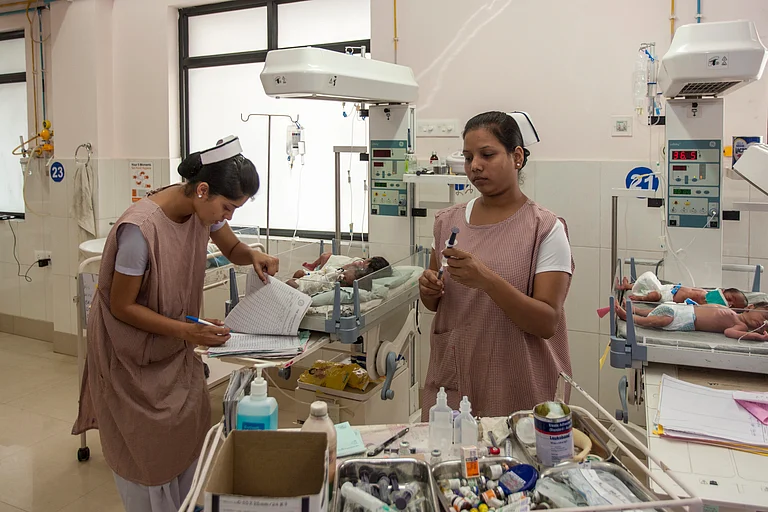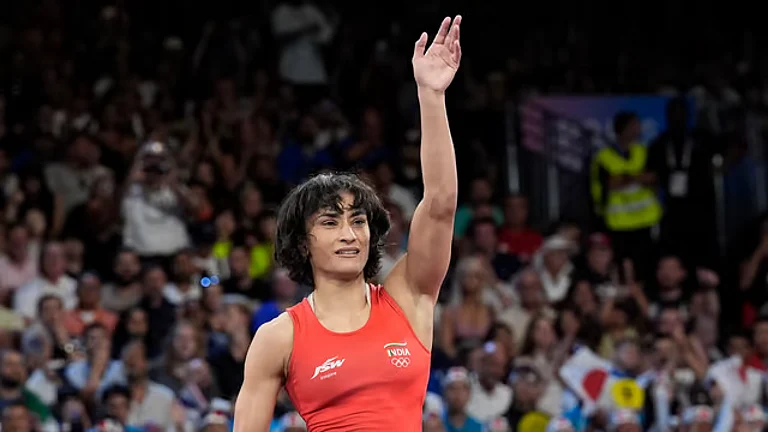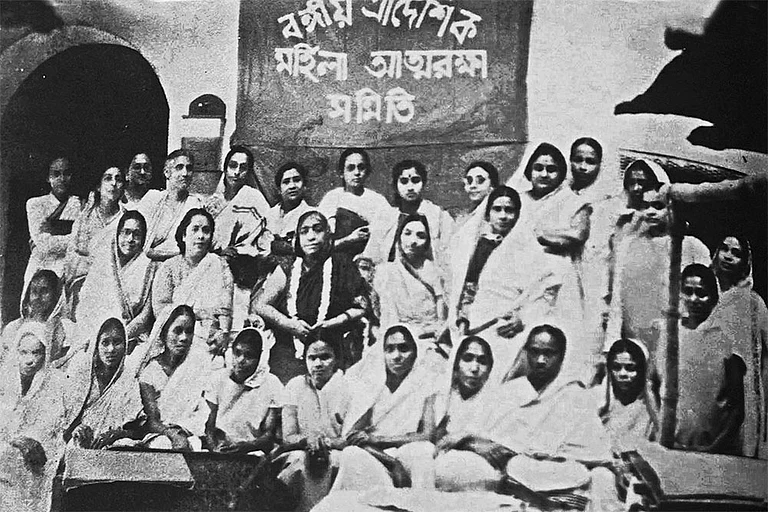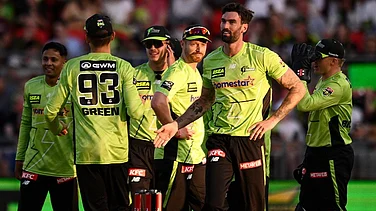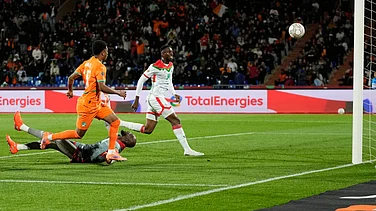In early 1966, Bobbi Gibb received a letter informing her that two years' worth of her time and training for the Boston Marathon were to go to waste. (Sports News)
There wasn’t a terrain the young Gibb hadn’t traversed in anticipation of her marathon debut since she had decided to, one day, run alongside the runners who enchanted her at first sight through their strength, spirit, and endurance. Upon applying for a number to participate in the 1966 event, however, she received a curt reply from race director Will Cloney, in which he had asserted that women were physiologically unable to compete in marathons. Cloney claimed that the Boston Athletic Association cannot take medical liability for women competing in a “men’s only” event and that the designated path for female runners was a mile and a half as it is.
Gibb, though, was not to be stopped. Donning her brother’s Bermuda shorts and a sweatshirt over a black, tanked-top swimsuit, she hid in the bushes near the starting line until the gun had fired and half the pack was on its way. Jamming herself through the tiniest window of opportunity, Gibb jumped in and soon found herself running amidst support from her counterparts and cheers from the crowd.
Despite the positive reaction to Gibb’s groundbreaking run, the AAU rules remained unchanged when the 1967 Boston Marathon rolled around. Unlike her predecessor, Kathrine Switzer did not conceal herself inside the shrubs but signed on as an “official” runner, albeit under the guise of KV Switzer, which, according to her own testimony, was how she used to sign her name anyway.
Switzer, too, had donned a sweatshirt to conceal her identity before the race, but it quickly became apparent that a woman had again managed to sneak into the group once it had begun. Upon the revelation, race co-director Jock Semple charged at Switzer, attempting to tear off her race number, only to be thwarted by her coach, co-runners, and boyfriend. She, like Gibb, completed the marathon.
Sport has nefariously harboured gender disparities since humankind evolved enough to uncover the link between physical activities and pleasure. The perceived gap in physiology between men and women has guided social thinking for centuries, leading to the establishment of a prevalent line of thought that the latter were incapable of matching - or even ousting - the former in track and field. The Boston pair shattered those assumptions.
Gibb and Switzer’s accomplishments were not the first of their kind; women trailblazers had proven their worth several times before. But, history remembers the pair kindly, that they were the ones who started womankind on the long road toward parity in sport - one whose end lies still beyond the horizon.
“The women were going crazy,” Gibb later recalled in an interview with Olympics.com. “They were jumping and screaming and jumping up and down. One woman, an older woman with a bunch of kids around, she was going ‘Ava Maria! Ava Maria!’ I go by and there are tears running down her face. And I could feel tears on my own face.
“At the moment we knew the world was never going to be the same. There’s no going back. We aren’t going back to the way things were. This is something new. This is going to change the way things are.”
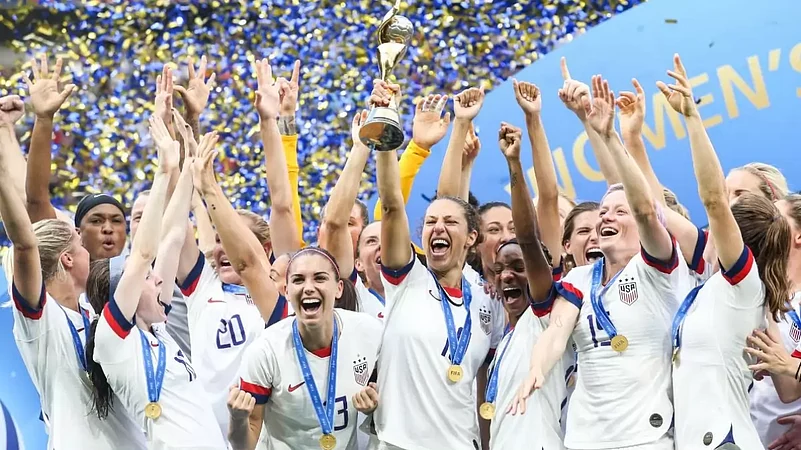
The words “Equal Pay!” rang through the near-60,000 seater Stade de Lyon on July 7, 2019. The United States of America Women’s National Football Team had just added another World Cup to their trophy cabinet, beating the Netherlands 2-0. Instead of resting on their laurels, however, Megan Rapinoe, Alex Morgan, and Co orchestrated the clamorous chants toward a topic of much discussion and relevance.
Nearly six decades have passed since Bobbi Gibb and Kathrine Switzer broke the glass ceiling; several other women have joined the pair in attempting to bridge the gap in gender disparity. Yet, gender bias remains rooted in sport - a byproduct of the bigger societal problem - and continues to fuel the discrepancies in pay, standards, visibility, and infrastructure.
Disparity starts at the grassroots. While steadily improving, the inclination to guide women toward sports is rarer than it is toward men - to support those already within the system at a nascent stage, given the absence of a clear pathway and poor infrastructure, even less so. If someone does make it through to the end, they usually face a massive pay gap, all-but-nonexistent perceptibility, and rampant sexism.
Fiscal deficiency, borne out of century-long gender bias, is the root of most problems for women in sports today. Though the participation among women in sports has risen rapidly, a monetary gulf keeps them echelons below their male counterparts. The lack of proper funding funnels into inadequate infrastructure, poor training standards, low commercial value, and, finally, unequal payments in wages and bonuses.
The Fédération Internationale des Associations de Footballeurs Professionnels, or FIFPRO, a worldwide organisation representing over 65,000 male and female footballers, released a Qualifying Conditions Report in tandem with the 2023 FIFA Women’s World Cup. In the report, FIFPRO detailed the obstacles women footballers face due to the lack of proper pay.
Nearly a third of the players surveyed for the dossier claimed not to have received any payment from their national team for representing them. The lack of financial support means that players often have to work on the side; of those surveyed, 66 per cent had to take paid or unpaid leaves to participate in international tournaments. Uncertain payments, coupled with improper training and logistical facilities, meant that only 40 per cent of those interviewed believed themselves to be professional footballers. These are issues that male athletes do not face at a corresponding level.
Ahead of the 2023 Women’s World Cup, FIFA announced a significant jump in the prize money pool compared to the previous edition; the 110 million dollar pool, however, was a quarter of the 440 million dollars paid to the member associations participating in the Men’s World Cup mere months earlier. However, FIFA did assign teams their designated base camps for the first time in the Women’s World Cup history and pledged to close the prize pool gap by the 2026 and 2027 World Cups.

It is not all doom and gloom, however. Two sports that have shown the path toward equality in pay and play are tennis and cricket.
Tennis' long road toward eradicating gender bias and inequality began with Billie Jean King in 1973. An unvarying winner, one who would finish her career with 12 singles, 16 doubles, and 11 mixed doubles titles, King’s most famous victory would come at the Houston Astrodome against Bobby Riggs in a game proclaimed the ‘Battle of the Sexes’. King defeated her male opponent by a score of 6-4, 6-3, 6-3, whose baseless claims that women’s tennis was vastly inferior to men’s couldn’t be heard - or even taken seriously - after that fateful day.
"I thought it would set us back 50 years if I didn't win that match. It would ruin the women's tour and affect all women's self-esteem." King later said in an interview with ESPN, underlining the significance of her triumph.
Yet, it took tennis more than three decades to finally bridge the pay divide between male and female competitors, only after constant pressure from champions of equal pay, including Venus Williams. Williams’ plea for parity in prize money was rejected by Wimbledon’s governing body just hours before she won her third title in 2005. Two years later, after years of struggle, she took home the same proportion of the pot as Roger Federer, her male counterpart, upon her fourth victory. Each year since, Wimbledon has paid the same prize money to its male and female competitors, with other Grand Slams following suit.
Cricket in India is another example of the same progressive approach. Upon realising the massive discrepancy in the number of male and female cricket players, the BCCI (Board of Control for Cricket in India) decided to bring pay parity, promising the payment of uniform match fees across the board, regardless of gender. To further increase the appeal of a career in cricket as a sustainable option, the BCCI also launched the Women’s Indian Premier League in 2023, aiming for the competition to follow the sensational triumph of the men’s competition.
While pay parity is a significant step toward ending gender bias and inequality in sports, so is social acceptance: that women can and will compete on equal footing with men if provided with adequate resources and opportunities.
Equality in pay opens up the field for all genders - it allows female athletes to persist with their discipline longer, knowing that the end is worth fighting for - but the wider acknowledgement remains missing. Teams, individuals, and groups have tried to collectively solve that problem by clubbing male and female athletes together for promotional activities, kit launches, fan engagement, and more. But these are minor victories - despite the distance covered, the road toward the ultimate goal still lies ahead, weaving on beyond the horizon.
“Everyone thinks women should be thrilled when we get crumbs,” Billie Jean King once said, capturing the progress, or lack thereof, in gender equality. “I want women to have the cake, the icing and the cherry on top, too.”








